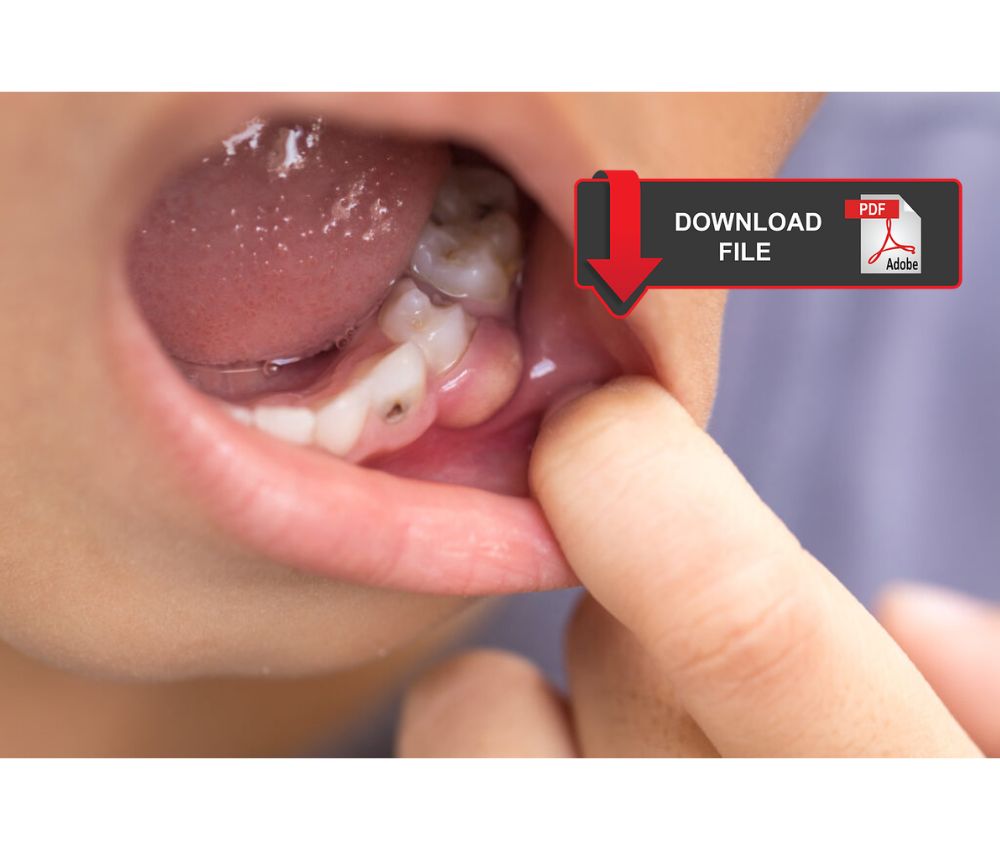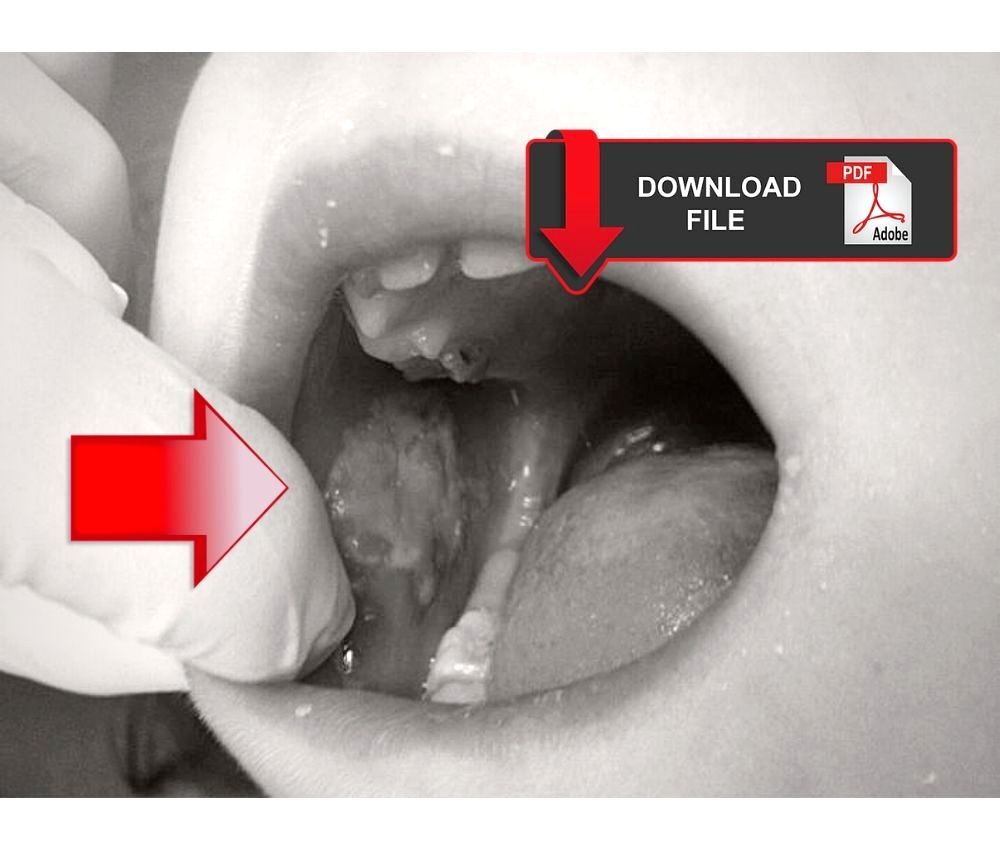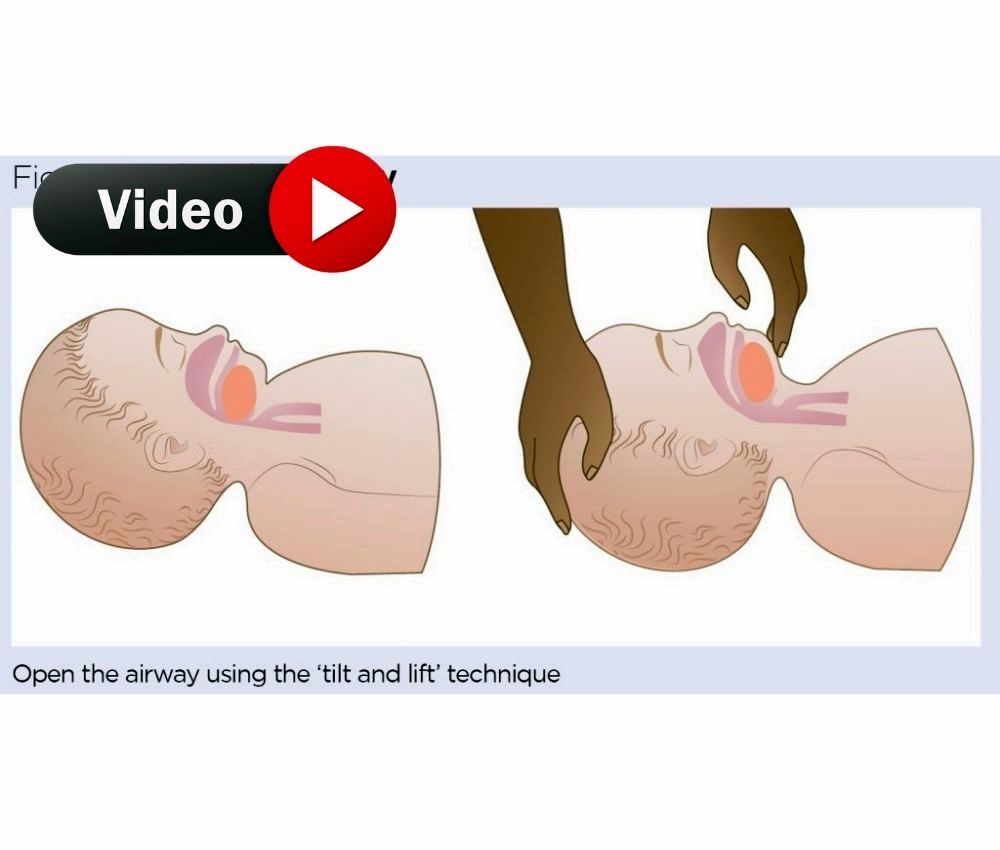When the pediatric patient presents an oral infection, antibiotics should be administered with the objective of controlling the infection and avoiding serious consequences at a systematic level. The correct management of antibiotics is a challenge for many pediatric dentists.
In comparison, the metabolism of a drug in a child is different from that of an adult, so the administration of an antibiotic should be taking into account the diagnosis, age and weight of the pediatric patient.
Advertisement
The article that we share offers us a review of the proper use of antibiotics in pediatric dentistry, considerations that we must take into account when prescribing antibiotics, and recommendations to calculate the dose in pediatric dentistry.
RECOMMENDED ARTICLE
Management of acute orofacial infection of odontogenic origin in children - Diagnosis, clinic and pharmacology
Management of acute orofacial infection of odontogenic origin in children - Diagnosis, clinic and pharmacology
Monika Khoja, et al. Use or Misuse of Antibiotics in Pediatric Dentistry!!!. J Dental Sci 2019, 4(2): 000224.
You may also like :
► Manual of Local Anesthesia - Anesthetic techniques and anatomical references
► Guideline on use of antibiotic therapy for pediatric dental patients
► Secondary brain abscess in an 11-year-old boy due to a dental infection












